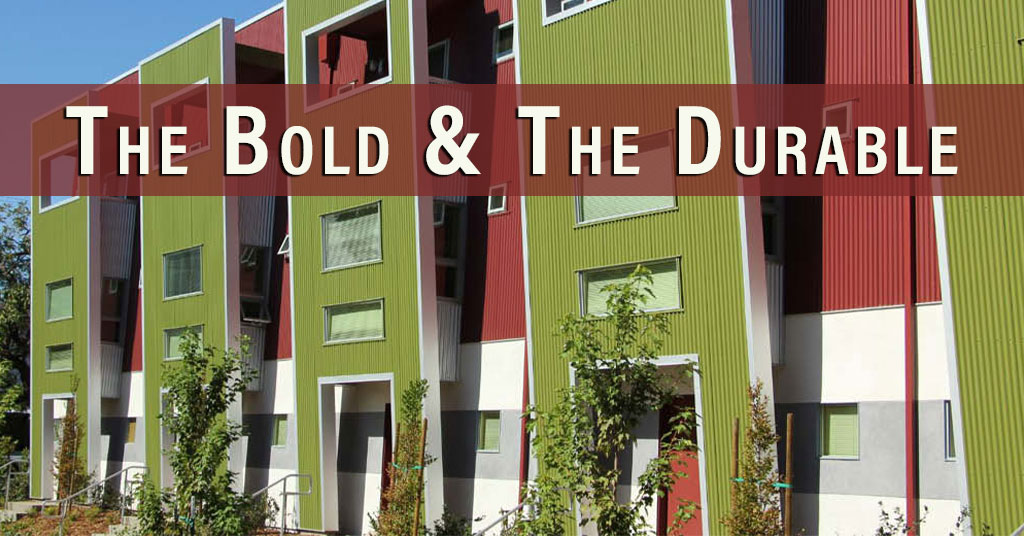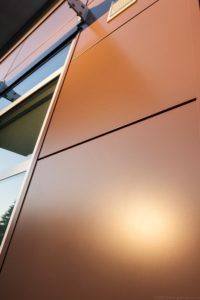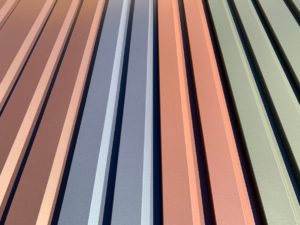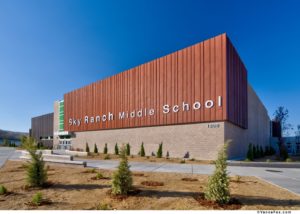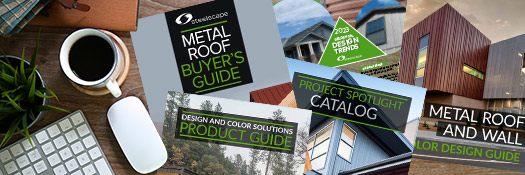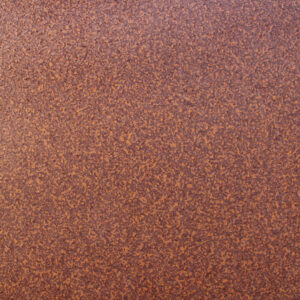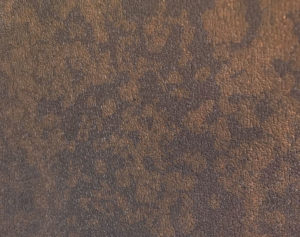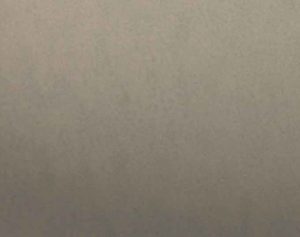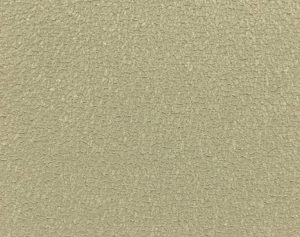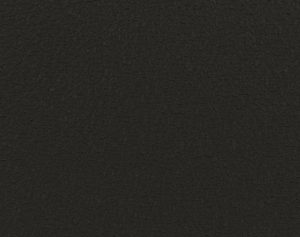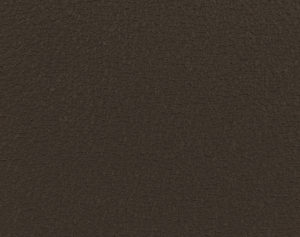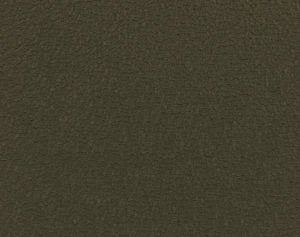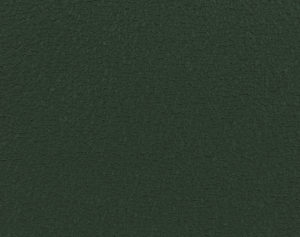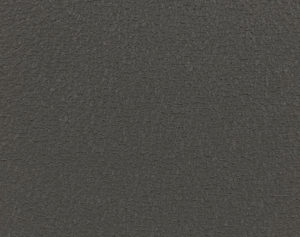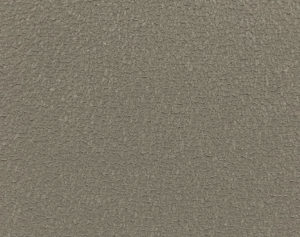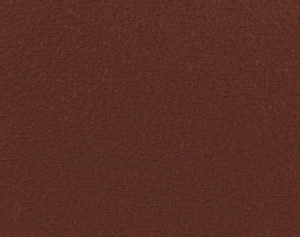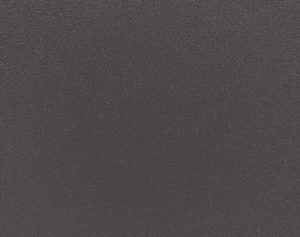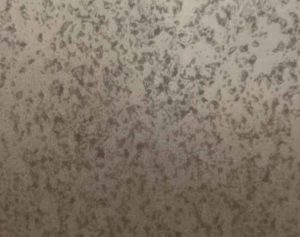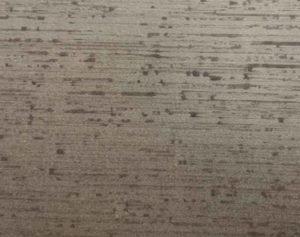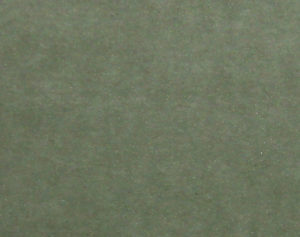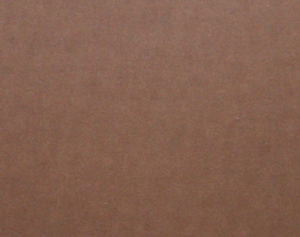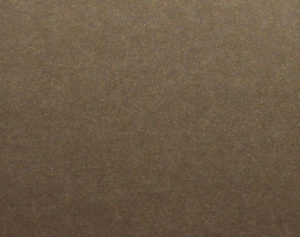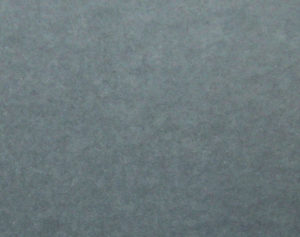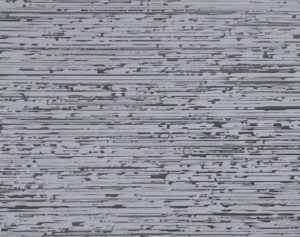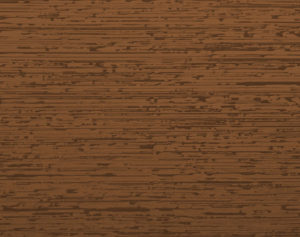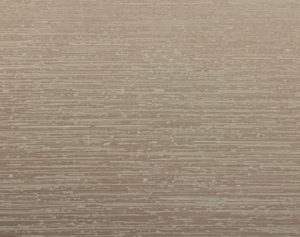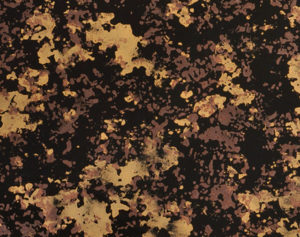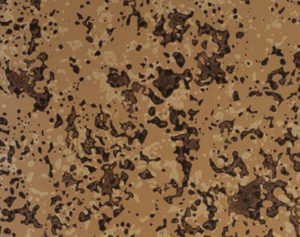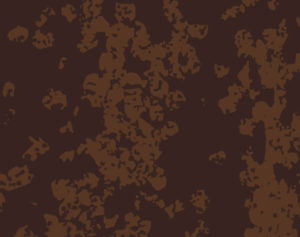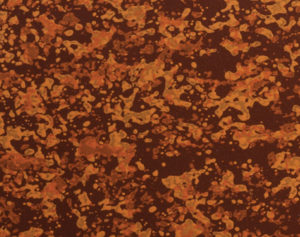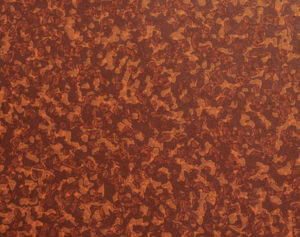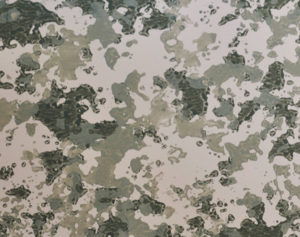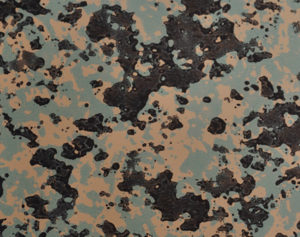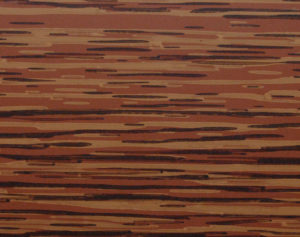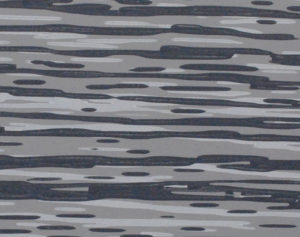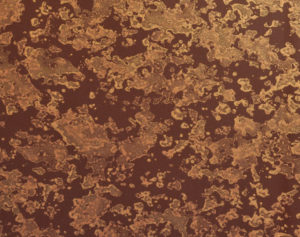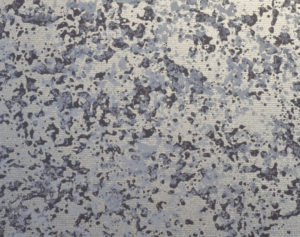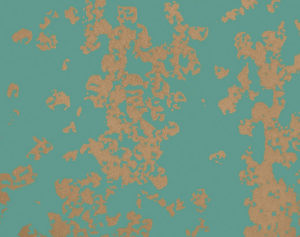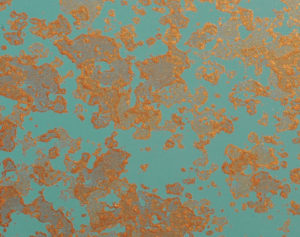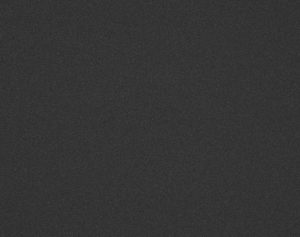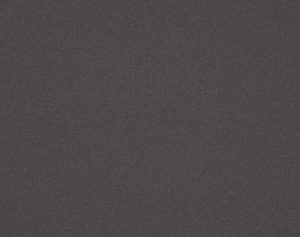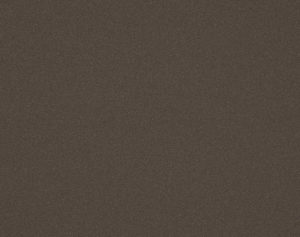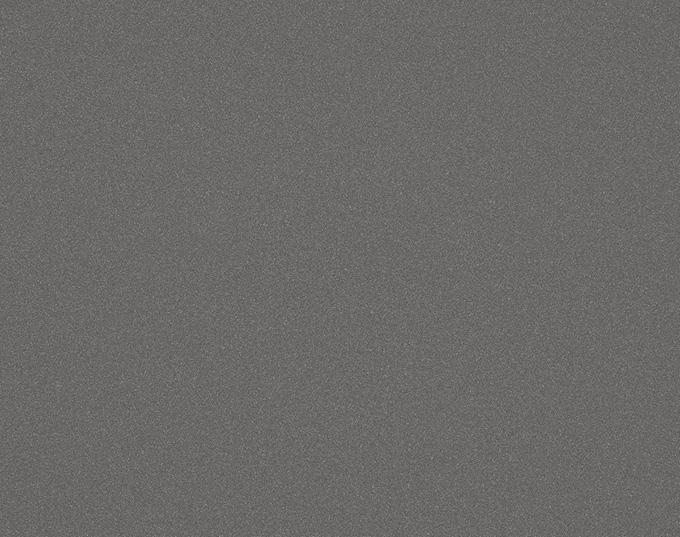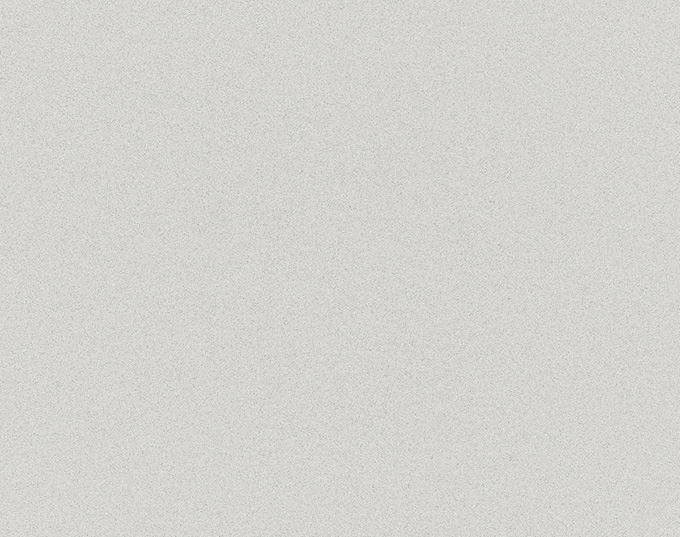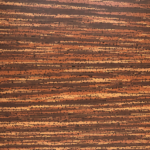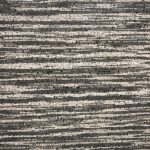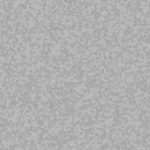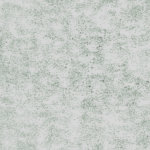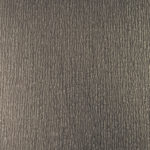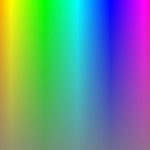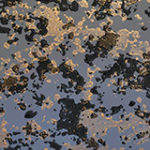Design Considerations for Selecting Bold Metal Roofing & Siding Colors
Design considerations when selecting distinctive metal roofing and siding colors
Bold, vibrant colors are eye-catching, but not all colors are as durable as the next. There are several things that you need to consider when selecting metal roofing or siding colors. To start:
- Bold colors are more susceptible to UV damage
- Clear coats offer an effective barrier to improve color protection
- New paint technologies, including these products, offer bold color alternatives without performance or cost concerns
An advantage of metal is that it can be painted in almost any color. While most metal colors are subtle yet versatile, metal can also be specified in a kaleidoscope of bright and brilliant hues, usually not available with other material types. These colors include everything from distinctive yellows, to deep violets, to bright reds. These bold colors offer great design optionality for distinctive building surfaces, unique color palettes, or to reinforce corporate identity.
It’s all in the pigments
What makes metal paints bold? It’s all in the pigments. Paint consists of three primary components: resins, pigments, and solvents. Pigments are particles that are finely ground and dispersed in the resin component of the paint and their primary role is to impart color. The type of pigment used in the paint, will influence its resistance to color fade from UV light.
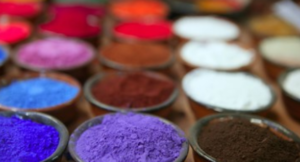
Pigments can be organic or inorganic. Organic pigments are typically derived from plants, whereas inorganic pigments are metallic compounds or oxides that are further processed to provide color stability. Organic pigments are usually brighter than inorganic pigments and can provide a cleaner or more distinctive look. It is these pigments which are often used to achieve bright, bold, distinctive colors. However, organic pigments are less durable and fade faster when exposed to ultraviolet (UV) light compared to inorganic variants.
What does UV light do to bold colors?
Most metal roofing and siding colors are designed to last for decades. However, for some bright and bold pigments, these less fade-resistant pigments may lose their aesthetic appeal through color fade, long before the metal’s performance is compromised. Fading is caused when UV rays and substances in the environment attack the pigments in the paint and cause their color to change.
Color change is typically assessed based on its variance to the base state when new. Delta E (dE or ΔE) is a color difference metric (a single number) used to represent the total color change between two colors. A color difference unit (dE) is also known as an NBS unit (from the National Bureau of Standards), and most color fade paint warranties, will allow for a certain number of dE unit change in the first 20 years. The average human eye can detect a change in color between 0.5 to 1.0 dE.
Enhancing the durability of bold colors
To enhance the durability of bright, bold colors, a common option is to apply an additional clear coat layer over on top of the bright colored topcoat. This effectively works as a form of sunscreen for the paint below. For some light colors, clear coats can slightly alter the visual color.
Clear coats can increase the gloss levels of the finish, however for bright colors, high levels of gloss are often desired. Some clear coats may also add desirable graffiti resistance properties to keep visible, bold installations looking great for longer. In most applications, the key drawback of selecting a bold color with a clear coat is the additional cost and extended ordering lead times.
Distinctive alternatives
In many applications, distinctive color effects can be achieved in metal building design without resorting to organic colors with clear coat protection. Some bold color designs may be possible with existing standard colors with inorganic pigments. These colors will be designed for long installed lifespans and available without the need for paint customization. Common colors in this space include reds, blues and greens. Review your preferred product manufacturers’ color card first to see if they offer bold colors that suit the needs of your project.
An alternative color option for designers and building owners could be the use of mica or metallic painted products. These products feature sparkling, light catching pigments which enhance curb appeal and visual distinction. Common bright mica colors include silvers, coppers, and metallic champagnes.
Dynamic Alternatives
The use of dynamic colors such as Steelscape’s Vintage or Eternal Collection can also be used to create bold, memorable designs. They offer a broader color palette compared to metallic colors and their translucent composition offer enhanced depth and interact with natural light.
Printed designs can also be used to create bold, eye-catching designs without resorting to organic pigmentation. The fresh oxidized tones such of Steelscape’s Burnt Rust and Sedona Rust can be effectively used to create distinctive color contrast and warmth without exotic pigmentation.
The advantage of these alternative dynamic color options is that they offer enhanced distinction without performance compromise. These finishes feature the same high-performance paint technology and warranties offered by traditional solid colors.
To learn more about the color options available with metal, explore Steelscape’s range of resources below.
Useful links for more color inspiration:
- Explore colors online – Virtual Color Palette
- Visualize metal on your project – 3D visualizer
- Color and design inspiration guides – Design Guides
- Learn about the latest color trends – Color Trends Nano Course
To learn more about metal colors to complement your next mixed material design, download one of the Steelscape Design Guides, explore our Range of Premium Finishes or Visualize online using our 3D visualizer.
Did you find this article helpful?

